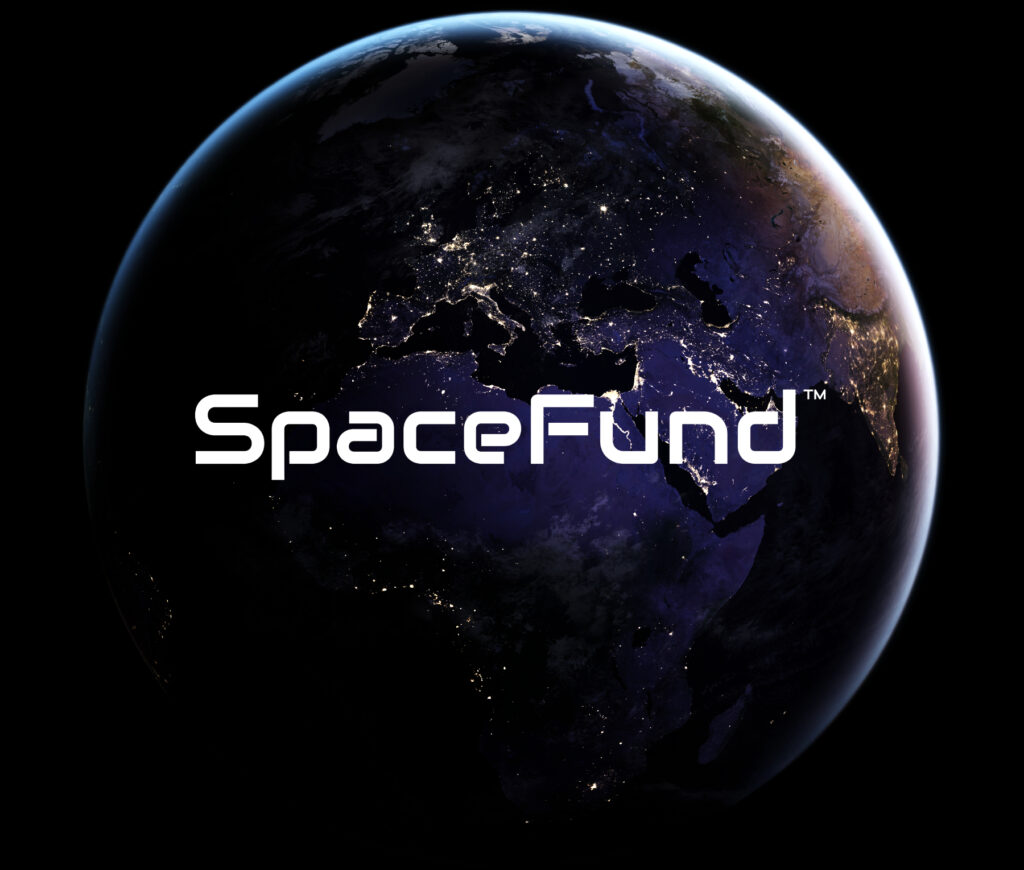
SpaceFund expects to make many exciting announcements during 2025 as we build on the continuing success of our existing portfolio of 21 space startup investments. We are grateful for the opportunity to continue our vital role in supporting, financing, and directing the most exciting new companies in this rapidly growing industry.
How We See the Universe
The space industry is gaining more momentum now than at any time in human history. Due to technological improvements, increased government space budgets, and a changing regulatory environment, we expect this trend to accelerate in 2025. Based on our industry-leading market intelligence and our deep network of space company executives, members of the U.S. Department of Defense (DoD), and civil space agency contacts, we’ve collated some of our predictions for this coming solar orbit. While no one can predict the future, we do expect great things this year!
What to Watch in 2025 (TL;DR)
- Orbital flights of Starship, with a potential on-orbit fuel transfer demonstration between two Starship vehicles.
- Launch of Blue Origin’s New Glenn (no earlier than January 6).
- More than 20 entities are targeting a maiden launch of a new vehicle in 2025.
- American political changes could have wide-ranging positive impacts on government, civil, and commercial space programs.
- Commercial space activity is now truly global, and we expect more countries to join the industry in 2025 with everything from new national and state-level space programs to new startup space companies.
- Favorable economic winds suggest more space company exits in 2025, which will fuel additional investment in the space startup sector.
- The space industry continues to mature as more middle-market companies see record growth and prepare for exits.
SpaceX
It’s going to be a fun year for SpaceX. We expect Starship to fly frequently and potentially even carry some customer payloads to orbit before the end of the year. We may see 20 or more launches of Starship before 2025 is over. Falcon launches will continue to increase in cadence due to demand for Starlink as well as government and commercial customers. SpaceX also expects to perform an in-space propellant transfer demonstration using two docked Starships in 2025 – a critical milestone that will allow SpaceX to refuel their Starship HLS vehicle for an uncrewed lunar landing demonstration in the following year.
Launch
Beyond SpaceX, 2025 will see more launches and more new launch vehicles attempt to reach orbit than any year in human history.
- Blue Origin’s New Glenn rocket’s first test launch is expected imminently. In 2025, we expect at least a few more test launches of the heavy-lift vehicle.
- Arianespace’s Ariane 6 may have as many as 5 launches in 2025.
- Avio’s Vega-C rocket may fly as many as 4 times in 2025.
There are more than 20 entities that are targeting 2025 for the maiden flights of new launch vehicles and there is no way to know if any of them will be successful. For the record, no maiden flight of a new rocket has ever made it to orbit, so don’t hold your breath. 🙂
Summary by country: China (7), USA (4), UK (3), Germany (2), with Europe, Ukraine, Russia, Australia, and India each at 1.
- Blue Origin – New Glenn – USA
- Cyclone-4M – Yuzhnoye – Ukraine
- Gravity-2 – Orienspace – China
- Hera-II – Astraius – UK
- Hyperbola-3 – i-Space – China
- Irtysh – TsSKB Progress – Russia
- Kinetica 2 – CAS Space – China
- Maia – MaiaSpace – Europe
- Neutron – Rocket Lab – USA
- Nova – Stoke Space – USA
- Prime – Orbex – UK
- RFA One – Rocket Factory Augsburg – Germany
- Skyrora XL – Skyrora – UK
- SL1 – HyImpulse – Germany
- Zhuque-3 – LandSpace – China
- Daytona I – Phantom Space Corporation – USA
- Tianlong-3 – Space Pioneer – China
- Pallas-1 – Galactic Energy – China
- Long March 8A – China
- Eris Block 1 – Gilmour Space Technologies – Australia
- Skyroot – Vikram-1 – India
It’s important to note that while the launch industry is ‘sexy’ and garners a lot of eyeballs in the media, it represents less than 10% of the global space market. Back in 2019, SpaceFund predicted that the launch market would be over supplied with too many competing vehicles. Five years ago, we projected that about 20 companies would survive, and that many of those would be focused on national defense priorities of countries around the world. SpaceFund is currently tracking 183 launch companies in various stages of development. SpaceFund’s investment thesis continues to focus on what’s being launched, with a focus on space infrastructure, including everything from satellite components to space stations.
